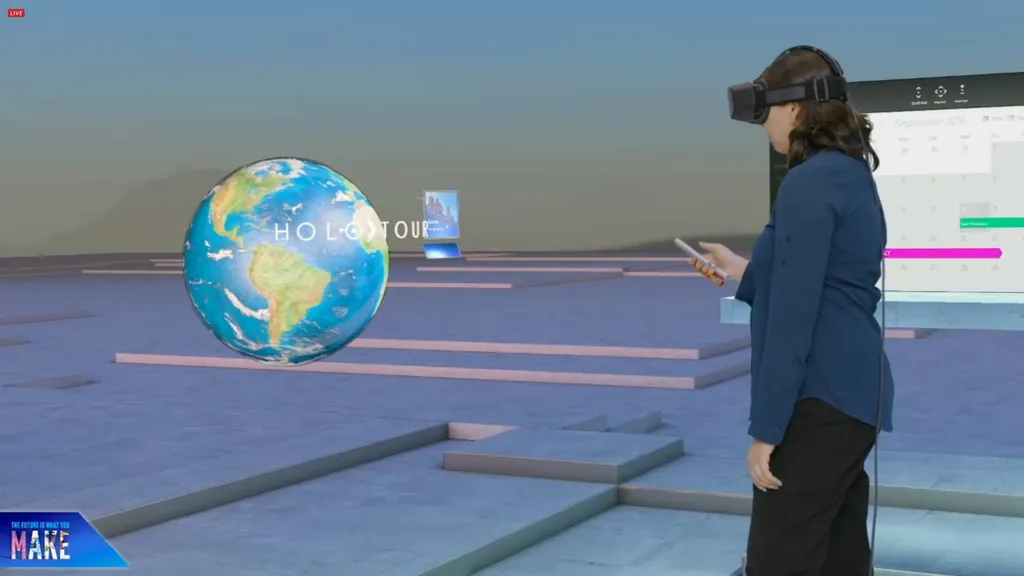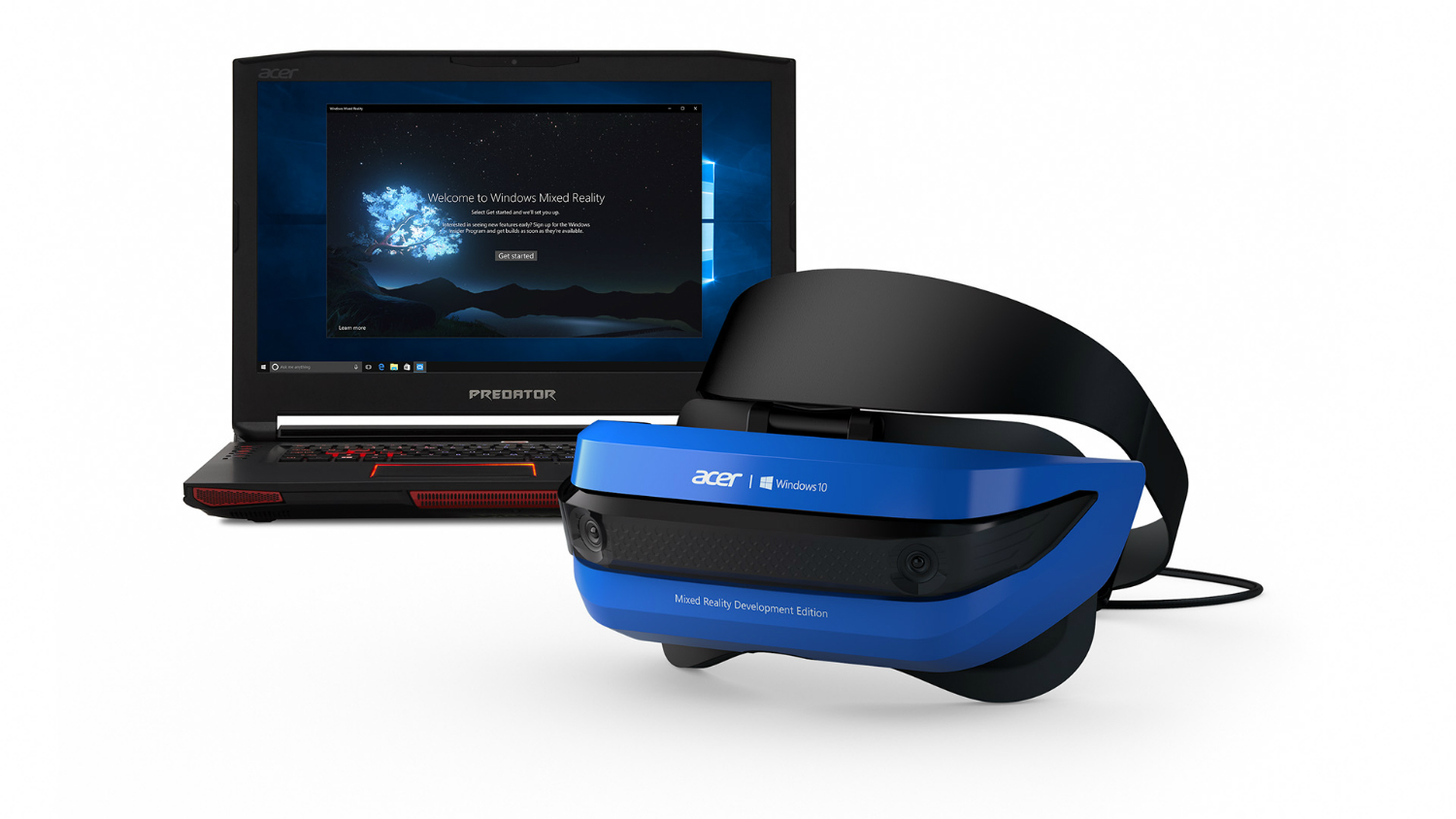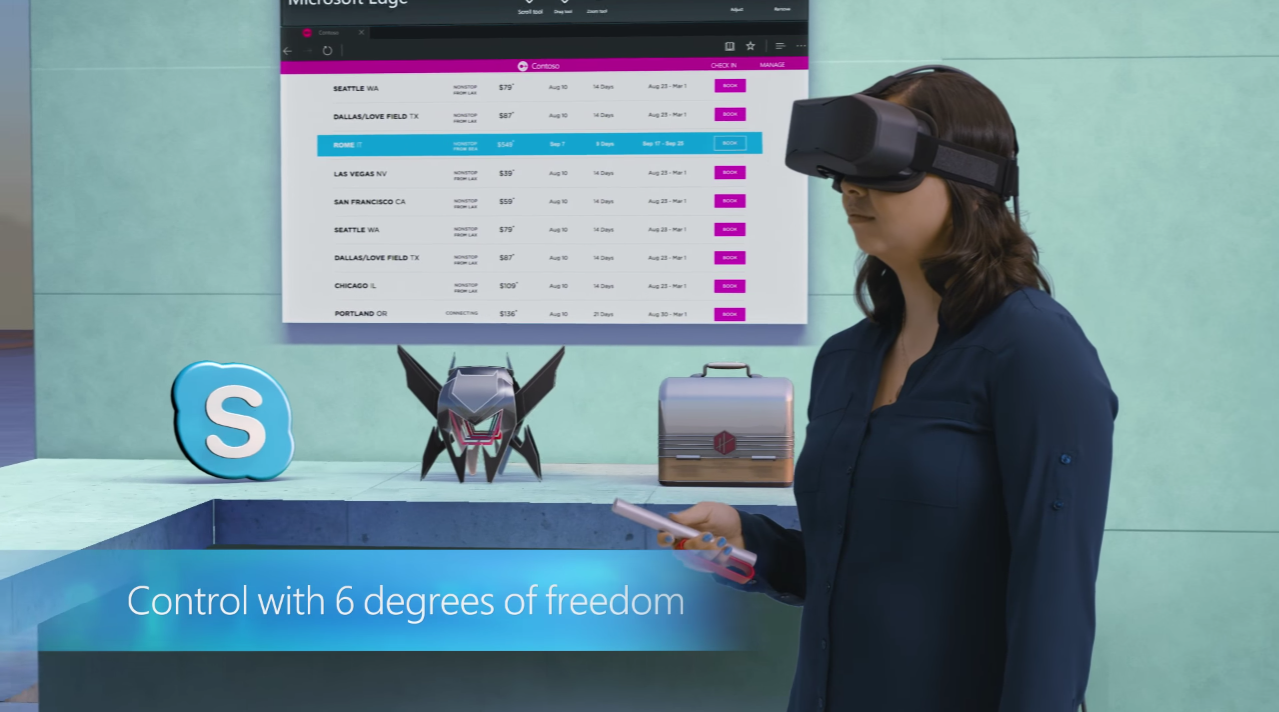Oculus announced VR’s first big price cut this week. The Rift, originally $599, is now $499, and getting it with Touch comes in at $598. If this were the console market, this would be a simple move to dissect; open up the number of people that can afford your product and maybe get ahead of the competition a little bit.
But ‘competition’ is becoming an increasingly complex term for VR.
Yes, you can compete in terms of hardware. There are specs to beat and sales targets to meet, but whenever one company makes a breakthrough, others follow suit. The second Oculus Rift could double screen resolution and have flawless inside-out tracking, but there would be another headset releasing weeks or months down the line that would do the same. VR isn’t the same as consoles, we’re not stuck with the PlayStation 4 and Xbox One’s specs for three to four years before upgrades; it’s going to be a constantly evolving ecosystem of incremental updates from one company to the next, just like phones.
What’s becoming increasingly apparent to me, however, is that the battle for VR is not about hardware or even software in the strictest sense. Instead it’s about the platforms that form the foundations for both of these things. It’s about the operating system.
I’m sure there are people much smarter than me saying “No, duh” right now. SteamVR vs Oculus Home has been a thing since April last year, but the fight became a little more interesting this week..
It was Microsoft that led me onto this. Our Senior Editor Ian Hamilton got his hands on the first Windows Holographic headset at GDC this week and, sure, it’s a VR headset. I’m excited to have more devices in the market, I’m excited to see how they stack up to the Rift and Vive, but what really interested me about the system was a quote that came from the company’s Alex Kipman after our hands-on. We asked him about using multiple apps inside a headset and the stresses this put on performance. He told us that what was key to such a process was control over the operating system, which the Windows maker obviously has.
“We can dehydrate your PC monitor to hydrate framerate on the headsets, as an example,” Kipman said, noting that other VR headsets that run off of “applications” can’t do that. Basically, Kipman suggested that Windows Holographic is better able to optimize your PC for VR than Oculus Home or SteamVR are. I don’t have much trouble believing him; I’ve always thought of VR optimization from a purely software perspective, and not about the layers beneath. If you could control those, how much more could you get out of your headset?
Perhaps not a significant amount, but every little helps, right?
That sparked a line of thought that I’m sure many people much smarter than me have been following for some time now. The battle of the VR OS so far has been about Oculus Home and SteamVR/Open VR and it’s been interesting to watch. We’ve seen a lot of resistance to Facebook’s closed ecosystem, requiring Rift owners to opt into content not purchased through its store and blocking the Vive from accessing its own unless through hacks.
SteamVR, meanwhile, is opening itself up to any interested parties. If you make a SteamVR headset, you can use Valve’s impressive tracking technology and you’ll have the frankly insane number of compatible apps already compatible with your platform. We’ve written about this before; it’s almost as if Oculus is the Apple of VR and Valve is the Microsoft. As it turns out the Microsoft of VR might be, well, Microsoft.
In the phone market, Microsoft’s Windows Phone OS was placed a distant third to iOS and Android in terms of market share and, clearly, it doesn’t want the same to happen again.
Where the company goes from here is what interests me. Its message in 2017 won’t just be about hardware and content, but what Windows Holographic can do for you that Oculus and Valve can’t. And then its going to need to set about actually making itself the dominant platform holder. That’s where hardware comes in. If Microsoft is as aggressive as it’s suggesting it will be on pricing and release of its PC-based VR headsets, it could undercut both the Rift and Vive early in their life and establish an install base of Windows Holographic customers.
And then there’s the OS of the future, the mobile OS. Again we’ve got Oculus Home, but Google’s Daydream poses a serious threat to dominance there. Windows 10 is designed as an OS that spans across desktop and mobile, and Windows Holographic is already up and running on a mobile device, HoloLens.
I could talk all week about what Microsoft could do with Windows Holographic, but at the end of the day we’ll just have to wait and see what becomes of it. The Build developer conference is in May, and that’s where I expect to find out a lot more. This company is set to make 2017’s race for VR dominance even more interesting.
































